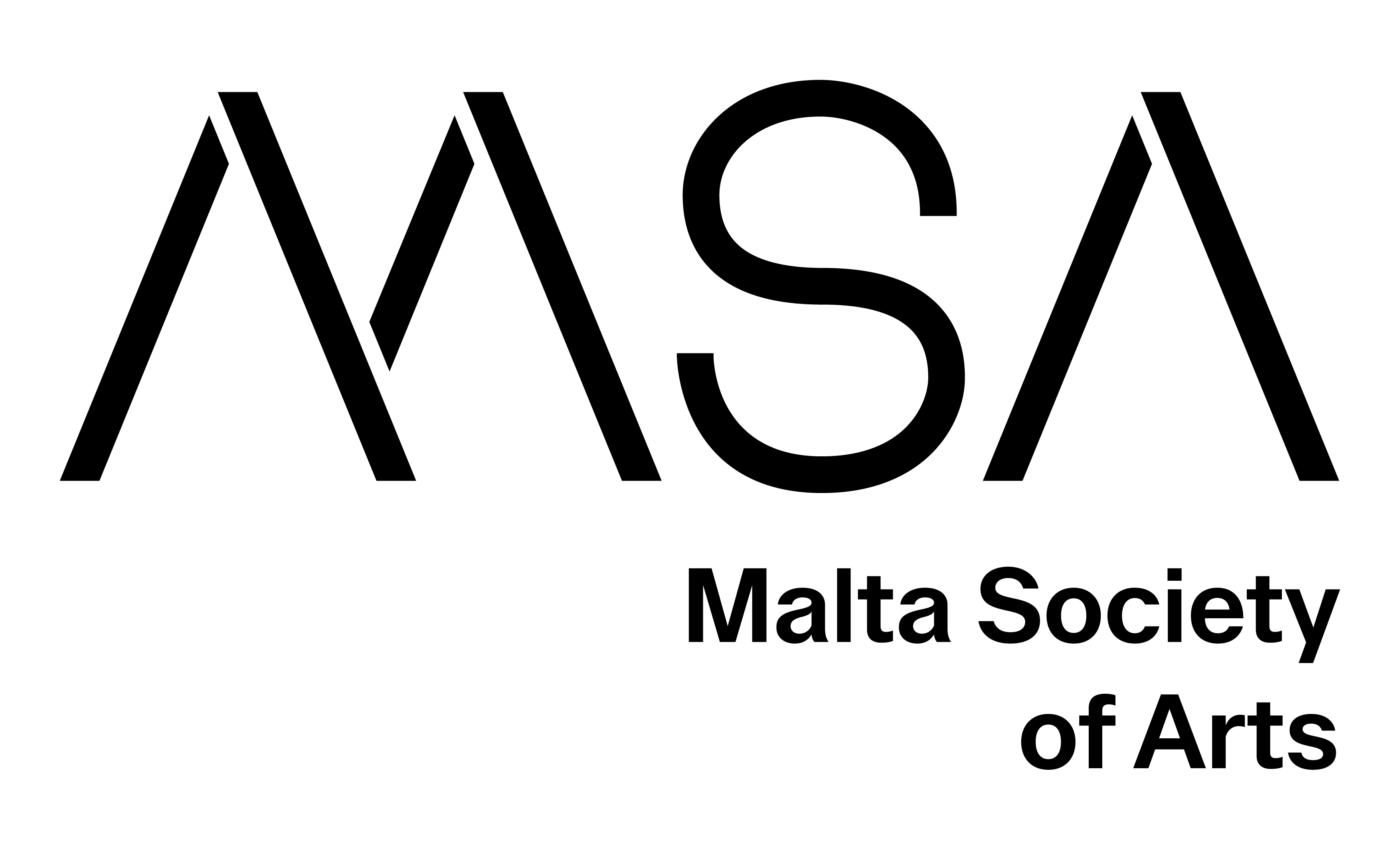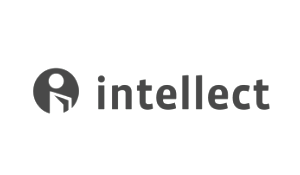Nature as we know it is the result of billions of years of collapse. All existing forms, visible or not, organic or not, resulted from one big explosion. The same forms collapsed in one of the many mass extinction events that have taken place on Earth. With a resilience to survive and evolve, everything is once again heading for yet another great extinction, this time solely caused and accelerated by a single species, Homo sapiens–or human. Humans have degraded habitats, making their and other species' lives catastrophic to the point of extinction, extreme adaptation. Among many destructive human actions is the abuse of idyllic natural sites used predominantly for technological and biological advancement. One example is Gruinard Island in Scotland, used by the British during World War II as a testing ground for Anthrax bombs. Despite this monstrous scenario, nature resisted human pressures in surprising ways thanks to its resilience acquired in 3.8 billion years of evolution. At testing sites such as Gruinard Island, which became uninhabitable for humans in response to the Anthrax contamination of soil and water, other species have re-established themselves in the new conditions and now inhabit a safe haven. But how long will nature resist the insistent collapse created by us? In 32 °C we test nature's resilience to collapse by taking samples of soil, water, air and other matter from toxic sites in Rhode Island, United States. By growing and visualizing the microorganisms present in the samples, we create a dialogue between the landscape and the viewer about how the collapse in nature can have an alternative narrative. 32 °C is a human attempt to create a landscape in which there are no boundaries between humans and non-humans. A landscape where everything reestablishes itself after a collapse event, through human understanding of messages transmitted by other species. However, in this landscape, humans are not the center of the ecosystem and their colonial communication system prevents them from translating the messages communicated by other living beings.
Felipe Shibuya is a Brazilian ecologist and visual artist. His journey began when he completed his PhD in Ecology and Nature Conservation at the Federal University of Paraná. Subsequently, he chose to delve deeper into the visual aspects of his research, moving beyond just the scientific perspective. He also holds an MFA in Studio Art from the State University of New York at Buffalo, where he worked with pigmented bacteria, intending to understand how the colors they synthesize could be communication signals for humans. Being a scientist-artist enables Shibuya to explore different forms of life, from bacteria to trees, using various methods, from microbiological culture to videos. All of his work involves aspects of his own identity, and he always emphasizes the visuality of nature. Shibuya's unique blend of art and science has gained international recognition, exhibiting his work around the world. He also has had citations published in magazines and journals such as National Geographic, Citylab, and Ecology. Currently, Shibuya is a Critic in the Digital + Media Department at the Rhode Island School of Design.
Since graduating from the Royal College of Art (London) with an MFA in Architecture in 1997, internationally recognized artist, designer and educator Shona Kitchen has divided her time between creative practice and teaching. Her work spans public art, conceptual narrative proposals, book works, exhibitions and interactive sculpture/installation. Her practice is frequently collaborative, research-based and site-specific. Using digital, analog, and biological elements, Kitchen creates work that allows physical and virtual, natural and artificial, and real and imagined to playfully and poetically co-exist. She explores the psychological, social and environmental consequences of technological advancement and failure. Her projects often function as imagined propositions, alternate or future histories that reveal and subvert the unseen technological forces in the world around us and expose our shifting role as creators, consumers and unwitting victims of technology. Kitchen’s work has been exhibited internationally at such venues as the Victoria and Albert Museum, the Kelvingrove Museum, Vitra Museum, Montalvo Arts Center, Center for Contemporary Art (Warsaw), Zero1 San Jose and the International Symposium on Electronic Art. She has completed a number of public art projects at such venues as the San Jose Mineta Airport; Kielder Castle, Northumberland; the Science Museum, London and Deptford Creek, London.
Back







